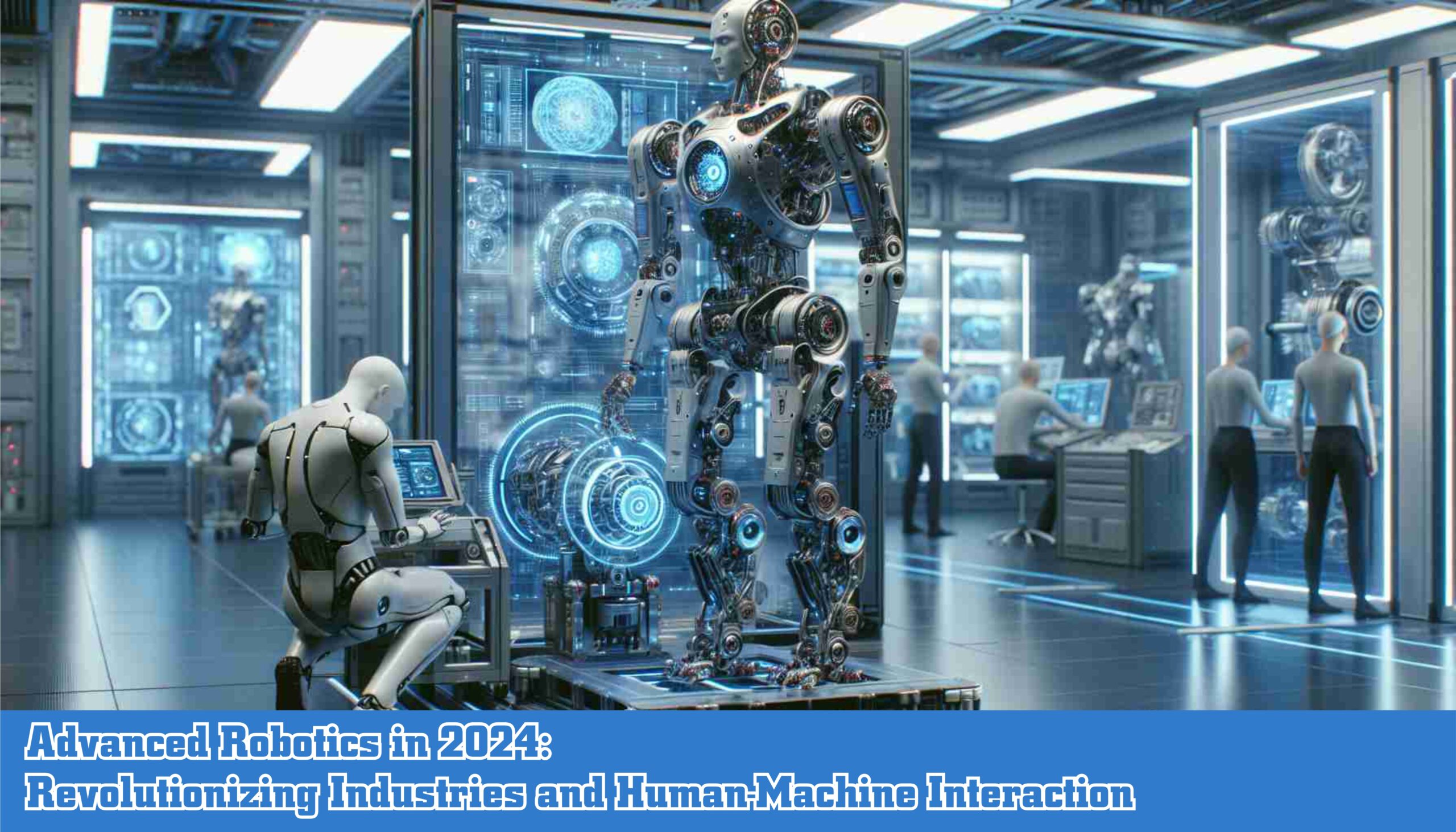Advanced robotics has expanded greatly in 2024 from the traditional manufacturing sectors into areas of healthcare, space exploration, agriculture, and personal daily interactions with consumers.
These have now integrated artificial intelligence, machine learning, and state-of-the-art hardware to carry out highly complicated tasks in a rather precise and autonomous way. Advancement in these technologies is drastically changing industries-from increased efficiency and reduction of human error to new feats that are possible with automation and human-machine interaction.
1. Healthcare Robotics: Precise and Caring
Healthcare is one of the most life-touching areas where advanced robotics find their application in surgical assistance, rehabilitation therapies, and elderly care. AI-leading diagnostics and surgically fine tools enable robots to perform less invasive surgeries more precisely than ever, allowing lesser healing time.
Exoskeletons used for physical rehabilitation assist patients in regaining lost mobility due to accidents or strokes. Robotic caregivers help the elderly with basic tasks and keep them company. Advanced robotics integrated with telemedicine have enabled remote surgery and medical consultation, bringing quality healthcare to most needed.
2. Industrial Automation: Beyond the Factory Floor
Manufacturing: Advanced robotics has transcended the mundanity of the assembly line in manufacturing. Today’s robots employ machine vision and AI algorithms in more sophisticated and flexible applications, which involve product customization, quality control, and the putting together of sensitive electronic and aerospace devices.
They are also capable of performing collaborative operations by actually working right alongside human workers in environments known as cobotics or collaborative robotics. It increases productivity quite considerably and reduces workplace accidents.
Further, robotics has also been implemented in construction and logistics for heavy lifting, precision construction, and inventory management. Robotics-powered autonomous vehicles and drones smoothen the supply chains further by doing the task of delivery in warehouses and reaching to terrains that are difficult to access.
3. Service and Consumer Robotics: Taking Care of Mundane Life
Consumer and service robots find their way into households, offices, and public spaces. Smart home assistants and automated cleaners are fast becoming the things one can find in every other house-starting from cleaning one’s house, monitoring its security, and managing its systems.
In service areas, they also provide hospitality in retail and customer relations-checking in guests, delivering packages, and guiding customers.
It is here that social robots, which are designed to interact with humans in much more intuitive and emotionally intelligent ways, also become popular. Such robots can be used for social skills training in people with autism, mental health therapy, or just to keep a person, who is otherwise isolated,
4. Agriculture: Robotics in Precision Farming
Advanced robotics is being used in farming to optimize crop yield while minimizing resource waste through precision farming. Drones, fitted with advanced sensors and robotic systems, analyze fields by keeping a tab on the health of crops and even spray pesticides or water precisely wherever needed. Autonomous tractors and harvesters are also becoming common, enabling 24/7 operation with minimum human intervention.
AI robots analyze the suitability of the soil, forecast weather conditions, and may even advise on the most favorable day to plant or harvest, thus promoting overall efficiency and sustainability in food production.
This shift in farming to robotic automation contributes towards global food demand by reducing the cost of labor and environmental degradation on land.
5. Robotics in Space Exploration: Extending Human Reach
Space exploration has greatly benefited from improvements in robotics. Independent robots and rovers with advanced sensors have been used to explore extreme environments of planets such as Mars, collecting data and samples too hazardous or impossible for human gathering.
They are capable of performing complex tasks in low gravity with very important insights into future human colonization of other planets.
NASA, SpaceX, among others, are working on robotic systems for infrastructure establishment in long-term lunar and Martian bases. Even satellite maintenance and cleaning up of space debris involve robots, let alone asteroid mining missions
6. Challenges and Ethical Considerations
Advanced robotics comes with challenges and ethical issues, too. The automation of jobs is one trend that is already on the increase-robots usurping human resources in various fields-and unemployment related to it.
Besides, ethical debates relating to the use of AI in robotics, especially in decision-making processes in healthcare and autonomous weapons in military applications, go on unabated.
Data privacy and robotic autonomy are also challenged, as robots are integrated into daily life, collecting a lot of data that may be misused. Ensuring the regulatory frameworks and ethical guidelines is paramount in the balance between the benefits from robotics with these risks
Conclusion: The Future of Advanced Robotics
Advanced robotics will disrupt industries and human interactions in ways that have yet to be conceived. As robots continue to become more autonomous, intelligent, and woven into the fabric of society, their contributions toward efficiency, safety, and convenience will continue to expand across a wide array of fields.
Yet with such gains comes great responsibility around the ethical, social, and regulatory issues in ensuring that robots and humans can work together effectively and sustainably into the future.








